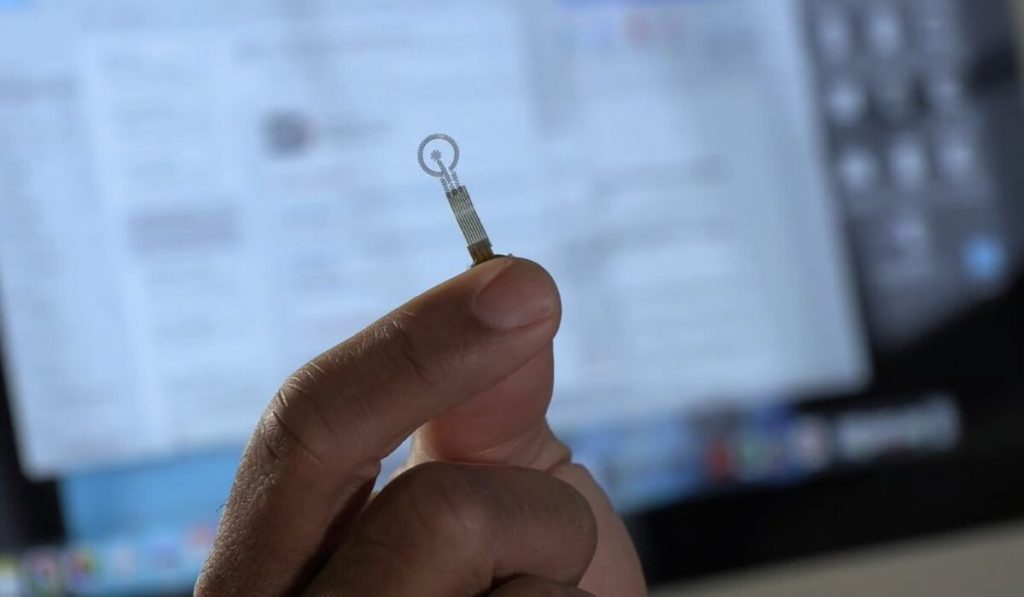Northwestern University researchers have developed a first-of-its-kind small, flexible, stretchable bandage that accelerates healing by delivering electrotherapy directly to the wound site.
In an animal study, the new bandage healed diabetic ulcers 30% faster than in mice without the bandage.
The bandage also actively monitors the healing process and then harmlessly dissolves — electrodes and all — into the body after it is no longer needed. The new device could provide a powerful tool for patients with diabetes, whose ulcers can lead to various complications, including amputated limbs or even death.
“Although it’s an electronic device, the active components that interface with the wound bed are entirely resorbable,” said Northwestern University’s John A. Rogers, who co-led the study. “As such, the materials disappear naturally after the healing process is complete, thereby avoiding any damage to the tissue that could otherwise be caused by physical extraction.”
Electronic bandages are emerging but by no means new technology, with earlier developments into bacteria-killing patches, motion-powered covers, and even forays into smart dressings. But this dressing is the first bioresorbable bandage of its kind, delivering electrotherapy to wounds to accelerate healing by up to 30 percent, and relaying data on the injured site’s condition to allow monitor of it from afar.
The Northwestern scientists believe it could be a game-changer for diabetics and others who face serious complications from frequent and slow-healing sores.
“When a person develops a wound, the goal is always to close that wound as quickly as possible,” said Northwestern’s Guillermo A. Ameer, co-lead on the study. “Otherwise, an open wound is susceptible to infection. And, for people with diabetes, infections are even harder to treat and more dangerous. For these patients, there is a major unmet need for cost-effective solutions that really work for them. Our new bandage is cost-effective, easy to apply, adaptable, comfortable, and efficient at closing wounds to prevent infections and further complications.”
Ameer partnered with Rogers, a bioelectronics pioneer who first introduced the concept of bioresorbable electronic medicine in 2018 and developed a small, flexible bandage that softly wraps around the injury site.
One side of the smart regenerative system contains two electrodes: A tiny flower-shaped electrode that sits right on top of the wound bed and a ring-shaped electrode that sits on healthy tissue to surround the entire wound.
The other side of the device contains an energy-harvesting coil to power the system and a near-field communication (NFC) system to wirelessly transport data in real-time.
The team also included sensors that can assess how well the wound is healing. By measuring the resistance of the electrical current across the wound, physicians can monitor progress. A gradual decrease in current measurement relates directly to the healing process. So, if the current remains high, then physicians know something is wrong.
When the wound is healed, the flower-shaped electrode simply dissolves into the body, bypassing the need to retrieve it. The team made the electrodes from a metal called molybdenum, which is widely used in electronic and semiconductor applications.
They discovered that when molybdenum is thin enough, it can biodegrade. Furthermore, it does not interfere with the healing process.
“We are the first to show that molybdenum can be used as a biodegradable electrode for wound healing,” Ameer said. “After about six months, most of it was gone. And we found there’s very little accumulation in the organs. Nothing out of the ordinary. But the amount of metal we use to make these electrodes is so minimal, we don’t expect it to cause any major issues.”

